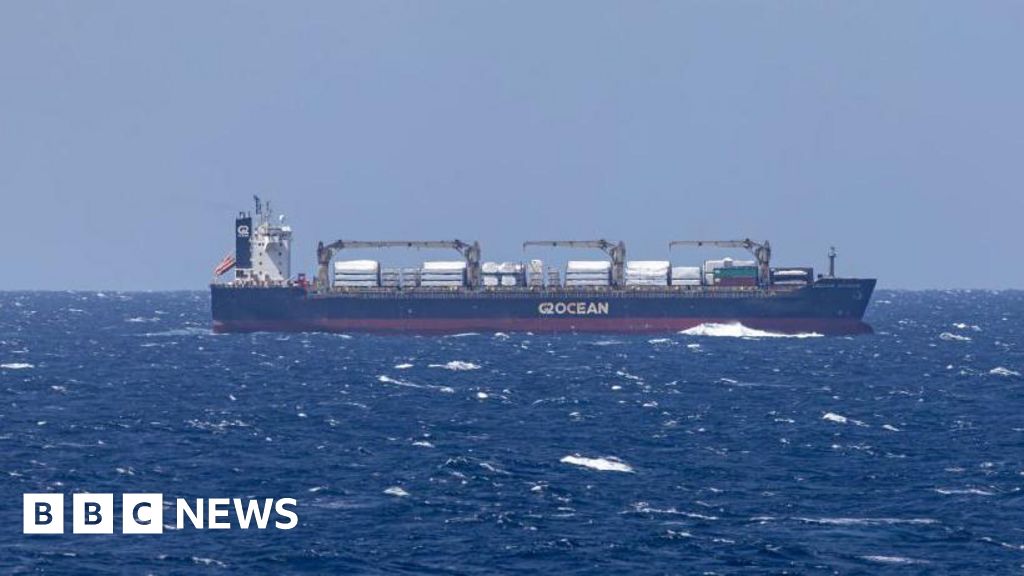Rocket launches are amazing spectacles, but close-up viewers know to bring a set of earplugs or earmuffs to protect their hearing. However, the boom of a launch isn’t reserved for those who sign up to watch it—it can also be heard and felt in surrounding communities.
SpaceX’s Falcon 9 is a rocket used for both human and nonhuman space missions. Since 2010, the rocket has been launched over 400 times, and one of the launch sites for Falcon 9 is the Vandenberg Space Force Base in California.
“Although Ventura County is 60–100 miles from the Vandenberg Space Force Base, sonic booms and other noise from rockets launched over the ocean are sometimes heard on land,” said Brigham Young University physics professor Kent Gee. “As the number of launches with satellite orbits requiring trajectories along the California coastline increases, these booms are being heard more frequently.”
Motivated by noise concerns from residents in Ventura County, a team of researchers from BYU and California State University, Bakersfield collected 132 measurements from sonic booms over an area of 200 square miles during the summer of 2024.
Makayle Kellison, a BYU graduate student, and Gee are presenting their group’s work on Monday, May 19, at 2:20 p.m. CT as part of the joint 188th Meeting of the Acoustical Society of America and 25th International Congress on Acoustics, running May 18–23.
“Right now, residents may hear a sonic boom up to five times per month, or not at all,” Gee said.
In 2024, the Falcon 9 rocket was launched 46 times out of the Vandenberg base, averaging almost one launch per week. But not every launch makes an audible boom, and not every launch sound is created equal.
“The magnitude of these sonic booms is not uniform across the county and can vary greatly with weather conditions, launch time, vehicle trajectory, and time of year,” Kellison said. “Communities near Edwards Air Force Base, a hub for supersonic aircraft testing, are familiar with occasional sonic booms; however, an aircraft sonic boom differs significantly from a rocket ascent sonic boom.”
Rocket ascent sonic booms are much lower in frequency and can, indoors, sound—and feel—like an earthquake. The boom’s dominant energy is at a frequency of less than 1 hertz, below the range of human hearing, meaning that the booms rattle homes rather than bursting eardrums.
By collecting data on multiple qualities of the Falcon 9 sonic booms, researchers can help discern how different launch-day variables affect a boom’s impact.
“With a better understanding of the underlying rocket sonic boom physics, we hope to inform Base operations and policymakers, allowing for the space launch industry to sustainably grow,” Kellison said.
Citation:
Lower-frequency sonic booms from Falcon 9 launches can feel like mini-earthquakes (2025, May 19)
retrieved 20 May 2025
from
This document is subject to copyright. Apart from any fair dealing for the purpose of private study or research, no
part may be reproduced without the written permission. The content is provided for information purposes only.
















